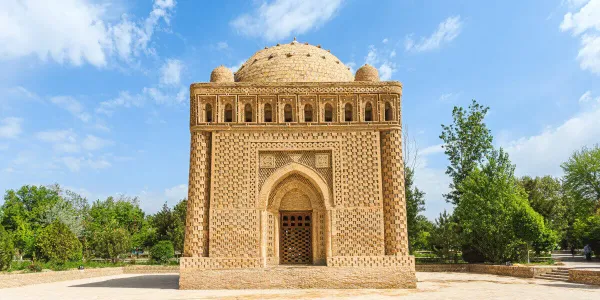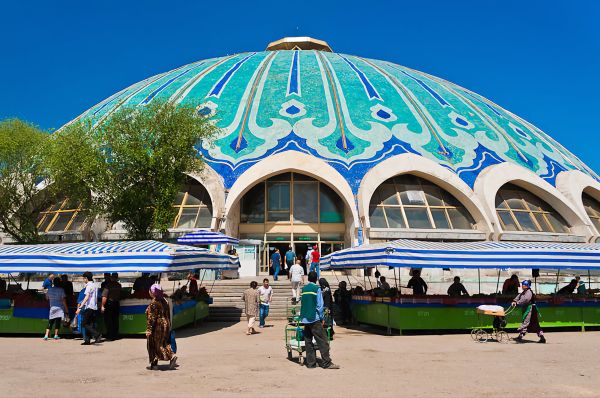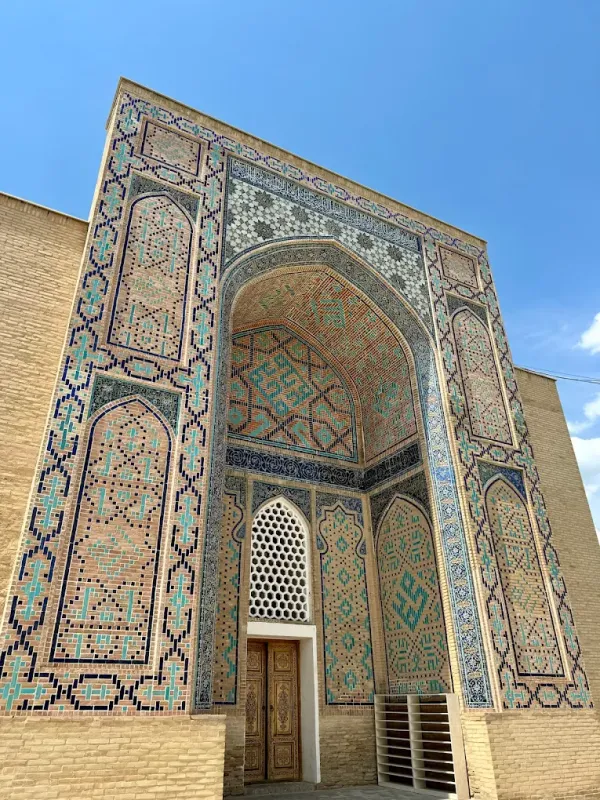Koi-Krylgan-Kala
Koi-Krylgan-Kala is one of the most mysterious archaeological sites of ancient Khorezm, located in modern Karakalpakstan, near the lower reaches of the Amu Darya. The name of this place, translated from Karakalpak, means "Fortress of the dead sheep" and is associated with ancient legends shrouding its history.
The monument was discovered by archaeologists in the middle of the 20th century during the excavations of the Khorezm archaeological and ethnographic expedition led by S. P. Tolstoy. The researchers found an unusual structure — a circular citadel with a diameter of about 90 meters, surrounded by a powerful wall up to 7 meters thick and about 8 meters high. Such a layout is extremely rare in Central Asia, where fortresses usually had a rectangular shape.
There was a central sanctuary building inside the citadel, which presumably had two floors. Between the outer walls and the temple, there were living and utility rooms connected by passageways and corridors. According to archaeologists, Koi-Krylgan-Kala was not only a defensive, but also a religious and astronomical center. Studies have shown that some elements of the layout could be used to observe the movement of the sun and stars, and the interior could be used for Zoroastrian rituals.
Archaeological evidence indicates that the fortress existed in the IV–III centuries BC and was later destroyed, probably during the attacks of nomadic tribes. Later, in the III–IV centuries A.D., it was repopulated and used as a fortified point and, possibly, as a sacred place of worship.
Today, fragments of walls and towers have been preserved from the ancient citadel, allowing us to imagine the former greatness of the structure. Despite the destruction of time, Koi-Krylgan-Kala remains an outstanding example of the architectural and engineering skills of ancient Khorezm, as well as an important source of knowledge about the culture and religion of the peoples who lived on the territory of modern Uzbekistan more than two thousand years ago.







